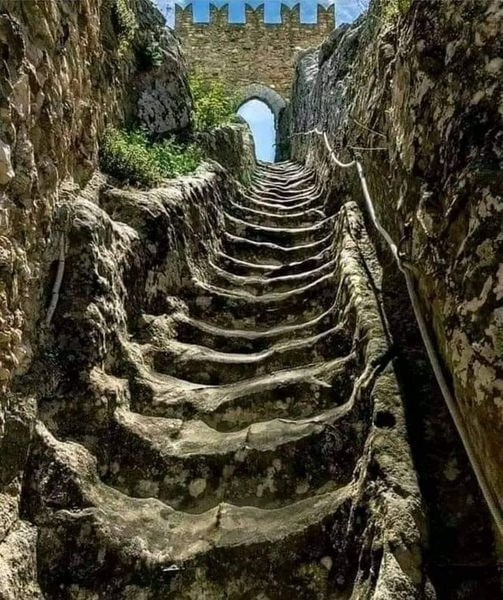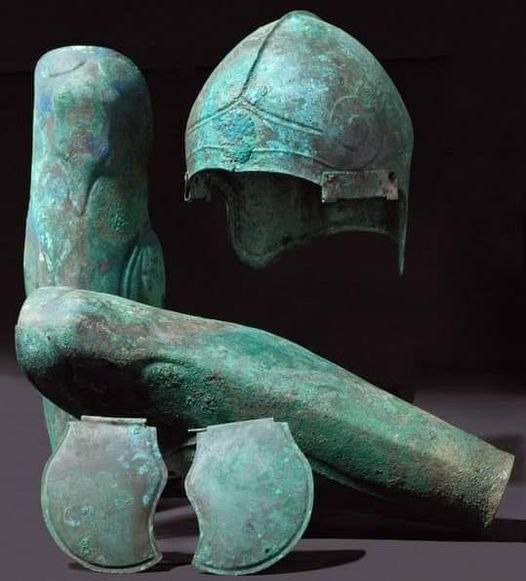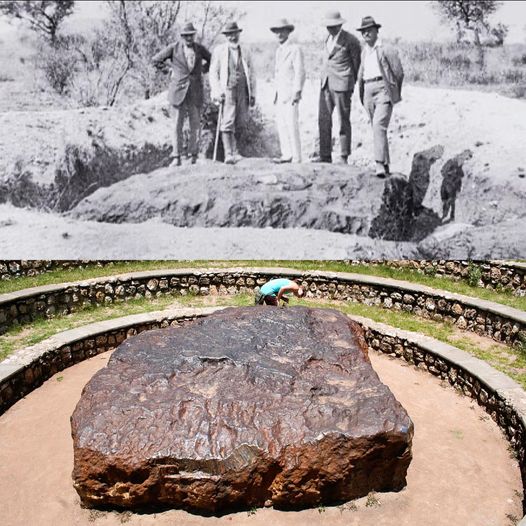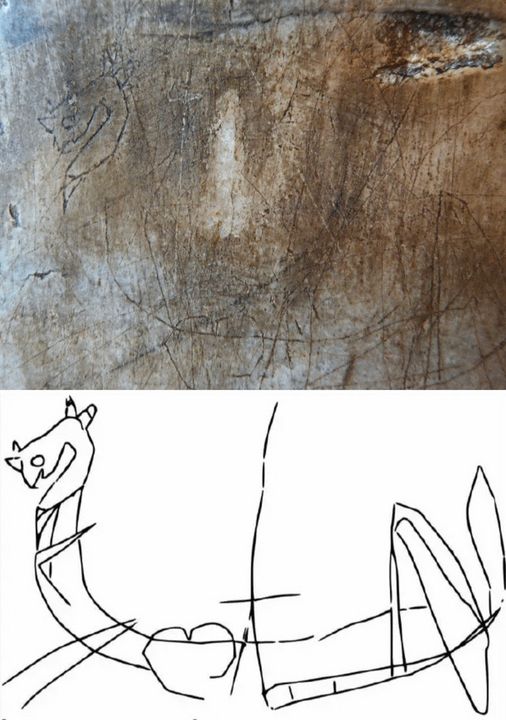Have you ever stumbled upon a wall that ripples across the landscape like a brick-built wave? Imagine a structure that defies common building logic, yet stands sturdy with a mesmerizing flow. This is the crinkle crankle wall, a marvel of design and engineering.
Have you ever stumbled upon a wall that ripples across the landscape like a brick-built wave? Imagine a structure that defies common building logic, yet stands sturdy with a mesmerizing flow. This is the crinkle crankle wall, a marvel of design and engineering. These sinuous walls may look like a whimsical twist in architecture, but they are a testament to an ingenious, resource-saving technique. These curved structures share a conceptual lineage with the robust architecture of Egyptian aqueducts. The serpentine design is no mere decoration; it’s a clever solution, reducing the need for extra materials while providing robustness even when just a single brick is thick.
1. History of Crinkle Crankle Walls
1.1 Ancient Beginnings
The Crinkle Crankle Wall’s tale starts not in England, but with the sands of time in Ancient Egypt. Here, the first known examples of this design emerged. These structures likely served to contain water or livestock. Their form, curving and weaving like the Nile itself, stood against the backdrop of pyramids and temples, serving both function and form in a civilization that celebrated the intersection of the two.
1.2 Design Through the Ages
As empires rose and fell, the crinkle crankle concept traveled, adapted, and transformed. In medieval times, these walls encircled castles and monasteries, offering a sturdy barrier that could be built with fewer resources. Each region imparted its flavor, and the walls took on new roles—from fortifications to fruit garden enclosures, their legacy grew, brick by curving brick.
1.3 Dutch Influence on English Soil
It was during the 17th century that the crinkle crankle wall firmly rooted itself in English culture, thanks to Dutch engineers. They brought their knowledge of dike and waterway construction to England’s gardens and landscapes. Here, they found a new purpose for the wavy design, creating elegant and efficient boundaries that have withstood the test of time and continue to capture the imagination of all who wander their wavy lengths.
2. The Science Behind the “Mystery”
2.1 The Arch Effect of Wavy Walls
The strength of crinkle crankle walls lies in their unique shape. Each wave in the wall acts like an arch, supporting the weight above it. This design distributes the load evenly across the curve. It’s not just for looks; this arch effect ensures each section bolsters the next. This principle is why a wall with just one brick thickness can stand tall without falling.
2.2 Comparing Walls: Straight vs. Wavy
Now, let’s consider a straight wall with the same one-brick thickness. It lacks arch support and is weak at standing alone. It’s vulnerable to forces like wind. The crinkle crankle wall, however, with its undulating form, combats such pressures gracefully. The curves break up wind force and share the load, making it remarkably stable. It’s a clever twist on traditional walls, delivering both beauty and brawn.
3. Beyond Efficiency: Additional Benefits
3.1 The Aesthetic Allure of Crinkle Crankle Walls
Crinkle crankle walls offer more than just strength; they bring an artistic flair to any landscape. Their rhythmic curves introduce a soft, visual interest that straight walls cannot match. They draw the eye, leading it on a gentle journey along their length, and become a focal point in gardens and estates, enhancing the beauty of their surroundings.
3.2 Practical Advantages for Gardens and Wildlife
Aside from their structural ingenuity, these walls provide sheltered nooks that create microclimates. These spots are perfect for delicate plants, shielding them from harsh winds and trapping the sun’s warmth. Additionally, their robust design naturally deters animals, making them effective, attractive barriers without the need for extra fortifications.
3.3 Environmental Merits of Material Efficiency
The environmental impact of crinkle crankle walls cannot be overstated. By requiring fewer bricks, they reduce the resources needed for construction. This efficiency means less extraction of raw materials and a smaller carbon footprint. Moreover, sourcing local brick can further minimize their environmental impact, embodying a sustainable approach that echoes from the past into our eco-conscious present.
4. Modern Applications and Adaptations
4.1 Contemporary Use in Green Spaces
Today, crinkle crankle walls are more than historical remnants; they are integral to modern garden and landscape design. These walls are now features in parks and private gardens, blending history with contemporary aesthetics. Their undulating form offers a unique visual that cannot be replicated by straight walls, making them a favorite for gardeners and landscape architects seeking to add character to their spaces.
4.2 Innovations in a Classic Design
In modern times, designers have taken the traditional crinkle crankle wall and added their twists. Some have experimented with varying the brick colors or integrating new materials, while others have played with the scale, creating taller or more pronounced waves. These contemporary variations pay homage to the original design while pushing the boundaries of what these walls can be.
4.3 The Future of Wavy Wall Construction
The potential for innovation with crinkle crankle walls is vast. As we move towards more sustainable construction practices, the principle of using fewer materials without sacrificing strength is more relevant than ever. The crinkle crankle wall stands as a guiding example of how we can blend form, function, and sustainability. As architects and builders seek to reduce their environmental impact, this ancient design offers a path forward, proving that the walls of the future may very well have a touch of the past.
Conclusion
In the trip from the historical world to the existing day, crinkle crankle partitions have stood the take a look at of time, proving that electricity frequently comes from flexibility. These walls, with their undulating curves, now not solely inform a story of architectural evolution but additionally embody a legacy of innovation in building. As we’ve explored their history, their scientific underpinnings, and their modern applications, one element is clear: the wavy wall is more than simply a structure—it’s a testimony to the combination of form, function, and environmental foresight. The crinkle crankle wall, with its simplicity and elegance, reminds us that the fine options regularly come from a combination of previous knowledge and current creativity. As we proceed to build and structure our world, the standards embodied by means of these curvaceous partitions will no doubt proceed to have an effect on and inspire.






